Spanish growers are likely to have lost “millions of kilos” of stonefruit this year as an ongoing drought has seen reservoir levels drop consistently.
While growers in major producer region Murcia rely on desalinated water from the sea, where supply is limitless, inland growers of peaches and nectarines have faced bans on irrigation, in areas close to Barcelona and near the Portuguese border.
In the tropical fruit growing region of southern Spain, growers have only produced about half the expected mango crop, with similar issues in avocados.
With the Spanish summer stonefruit about to end, growers are now looking ahead to the impact on winter crops including citrus and outdoor-grown vegetables.
“In southern Spain, the tropical area, where we get our mangoes and avocados, then we do have a big issue. Because they don’t have water or desalination. The growers can’t grow; simple as that,” said Flemming Andersen, who is based in Spain and works directly with growers supplying organic veg box company Riverford.
“They say the water should be reserved for humans. Just last week they shut down the showers on the beach in Costa Del Sol. Which could seem like a ridiculous thing, but it shows that this is serious.
In Spain, Malaga has half the water supply compared to last year with reservoirs as low as eight per cent capacity. Most reservoirs are between 20 and 40 per cent full, with the highest only close to half of its total storage capacity, according to a report by expat newspaper The Olive Press.
In the north, the Catalan Water Agency (ACA) has declared a water emergency at an aquifer that has reached its lowest levels since 2009, and a reservoir that is now only six per cent full.
Most reservoirs in the region are around 27 per cent full, as Catalonia experienced one of its hottest July’s on record. Globally, July saw the hottest average global temperature ever recorded, according to the Copernicus climate change service, which takes billions of readings from all over the planet.
“If you have a citrus field down in Malaga and you get restrictions, as they’ve had on the tropical fruit, then of course you have a problem,” said Andersen. “What worries me the most is we’re in August now and you don’t know what’s going to happen even in the next two, three months.”
The Spanish citrus and veg seasons are due to begin in mid October.
Writing in his weekly newsletter to Riverford customers, founder Guy Singh-Watson said it’s time for a plan for food as climate change is already here. “Some crops will need to move north; others will need to be grown under the protection of polytunnels and glass, reducing water usage and giving better control of weather risks,” he said.
“Rather than assuming that we can buy our way to food security in an increasingly fragile global market, we need to plan and invest in the infrastructure that will, at least, reduce the disruption ahead.”
Riverford has already begun to spread its own supply risk by buying from growers in northern Spain, as well as France.
It comes as a recent study showed how there are far more intense and abrupt shifts between drought and heavy rainfall than there were 20 years ago, described as a “whiplash effect” in water levels.
The study, published in the journal Nature Water, said it was clear the increased intensity of weather changes is caused by manmade climate change.
Europe has seen some of its hottest years on record, which is affecting farming, drinking water supplies and energy generation, scientists said.
The study said the most extreme rainfall events are happening in sub-Saharan Africa, while low rainfall and drought is affecting South America, North America and Europe.
Spain is a key supply country to the UK on many fruit and veg crops, as is Italy where giant hailstorms recently hit the early season apple crop. Similar drought issues are facing neighbouring Morocco, another important supplier of winter veg to the UK.

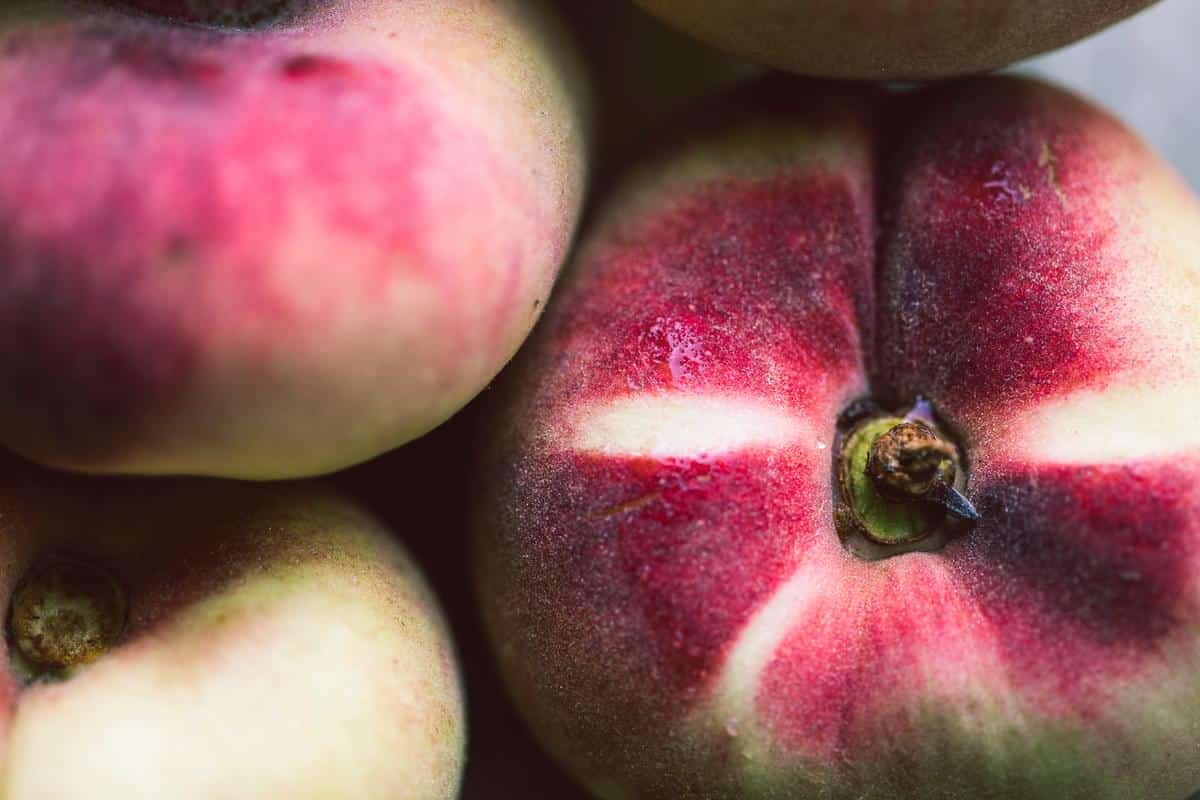

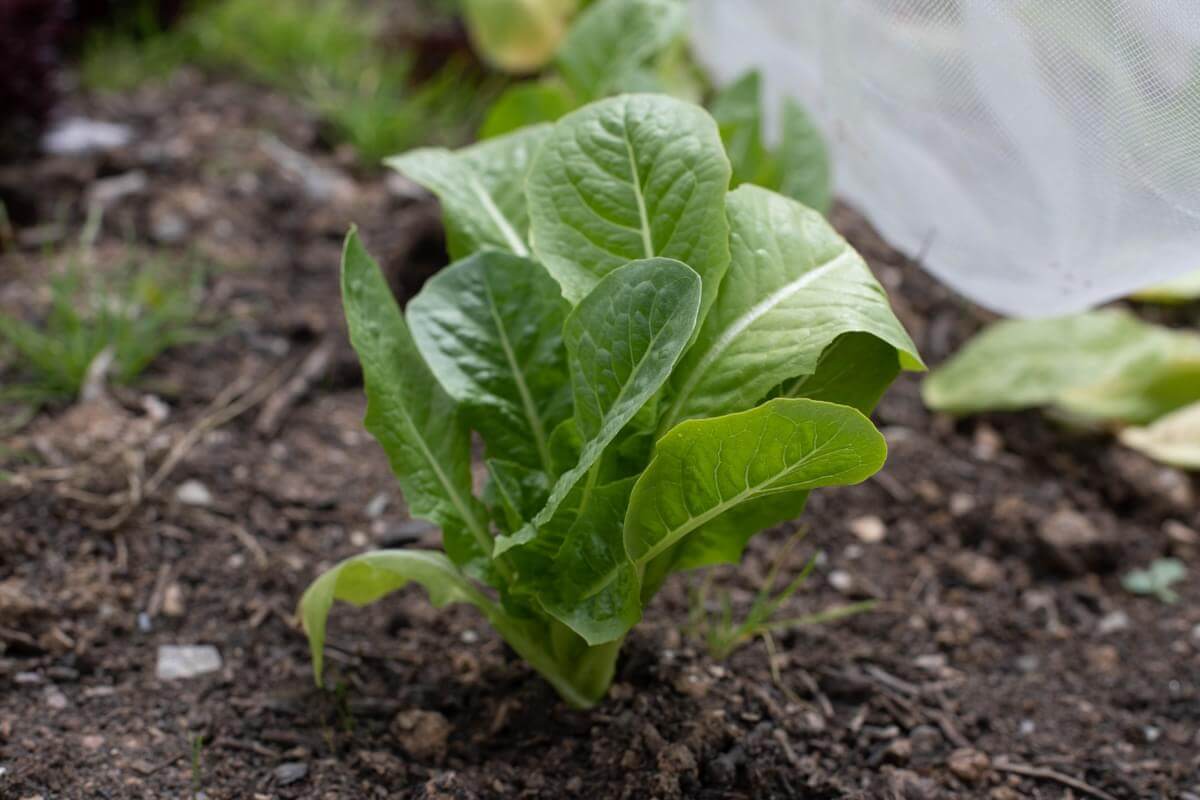
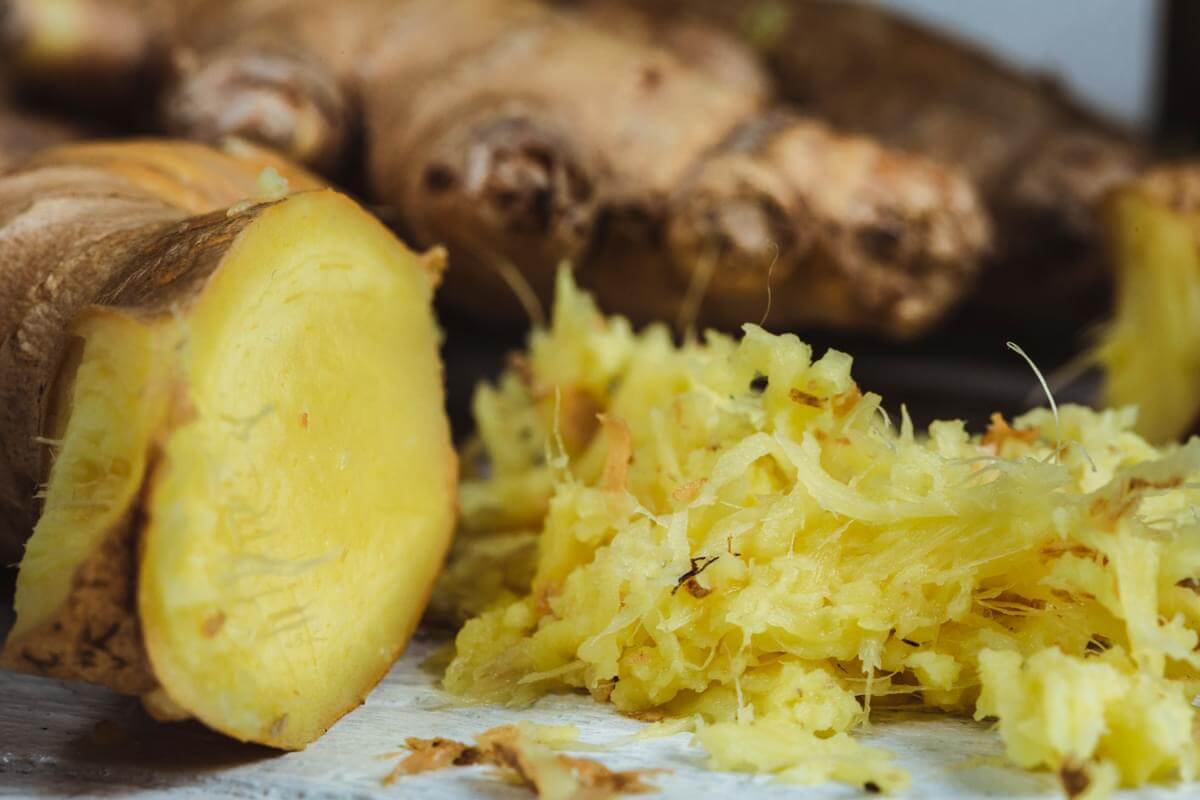
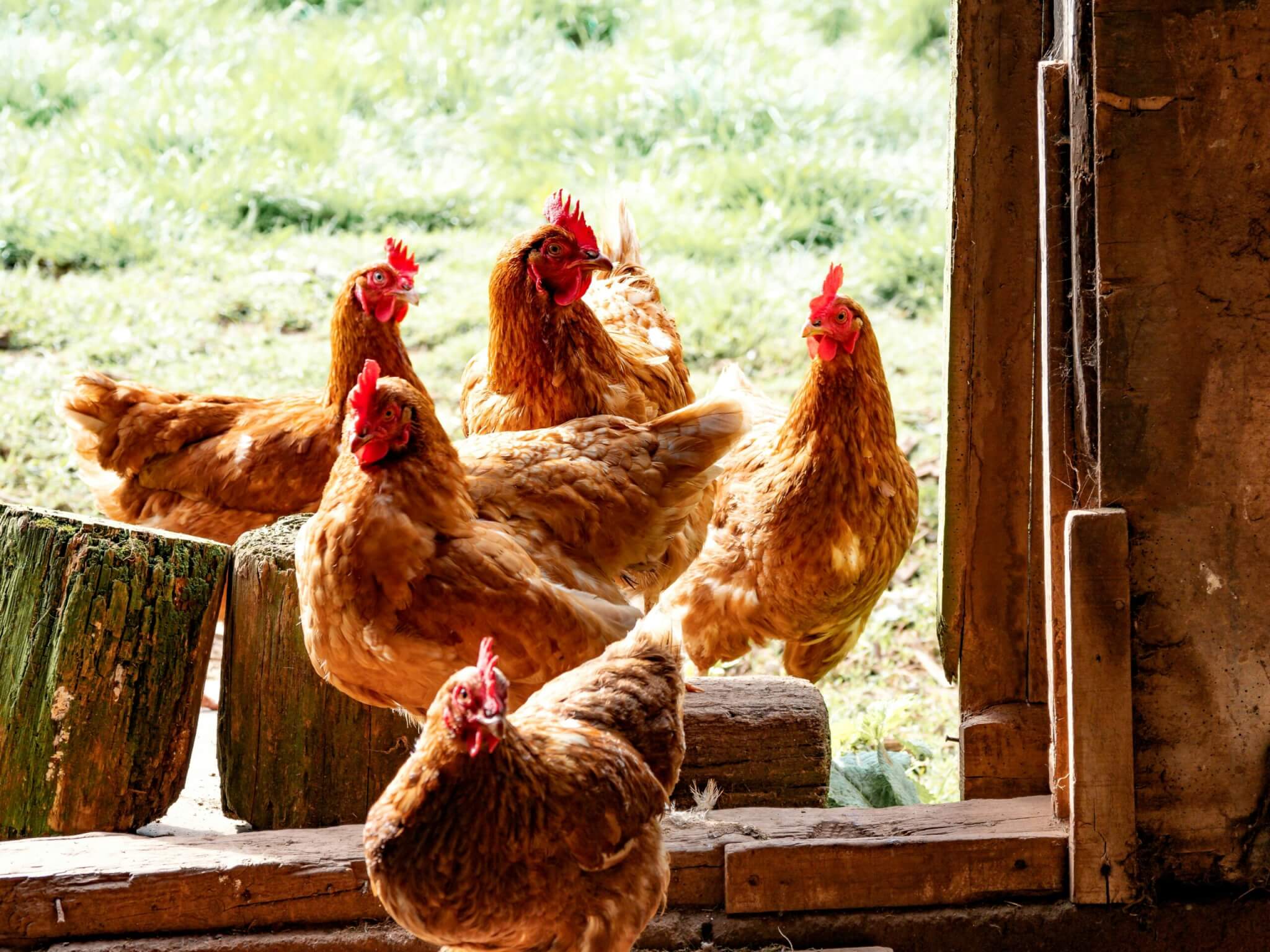




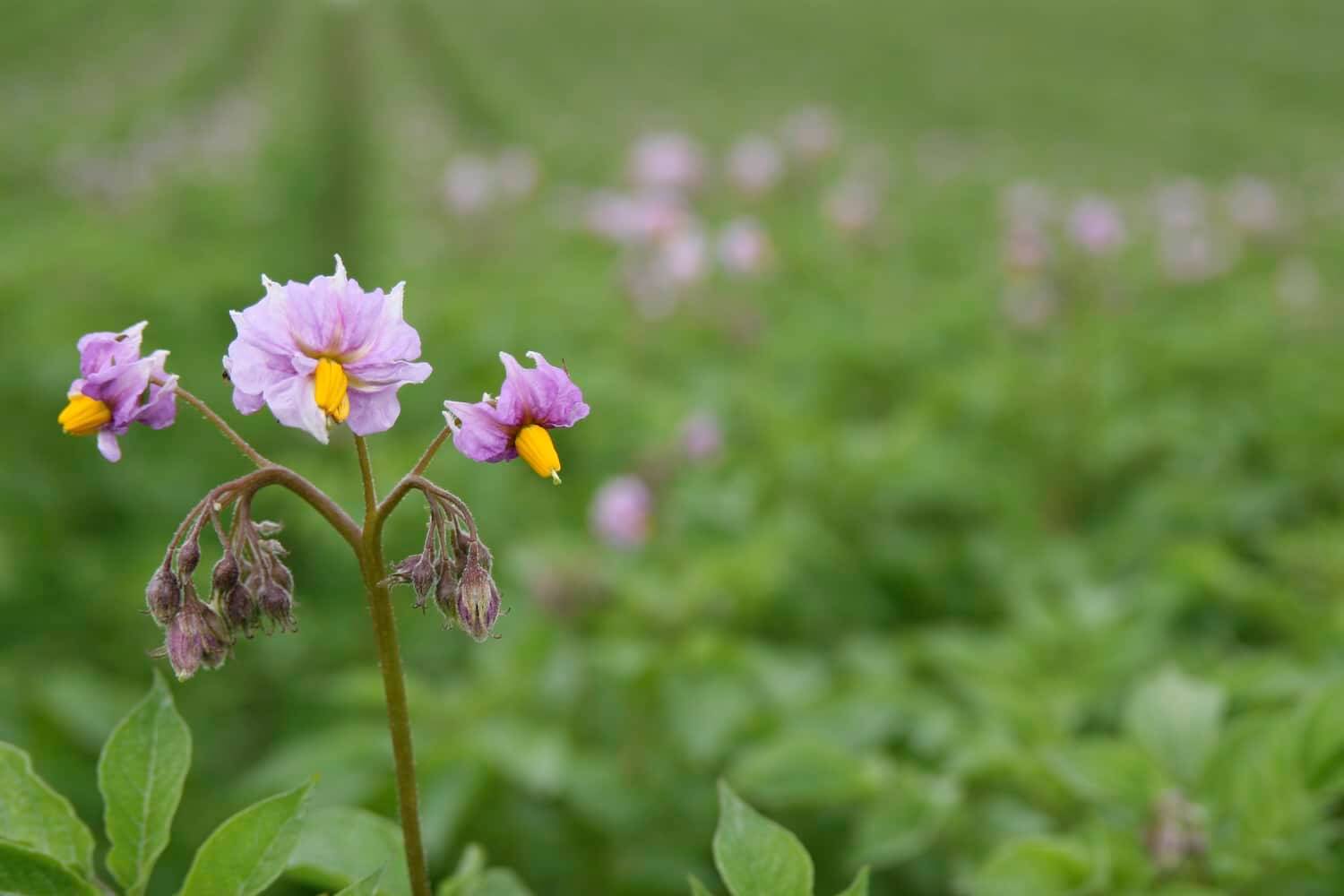
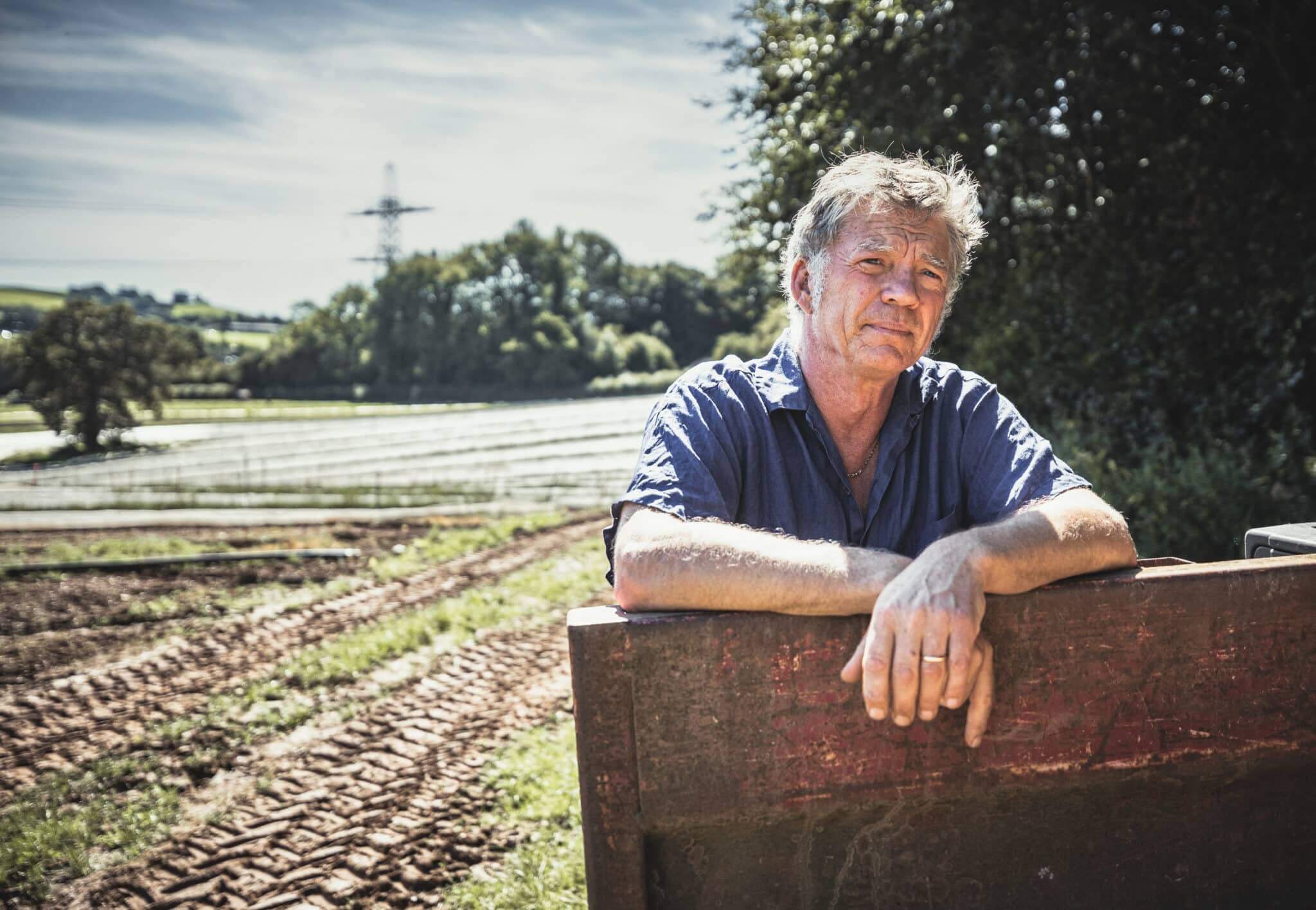

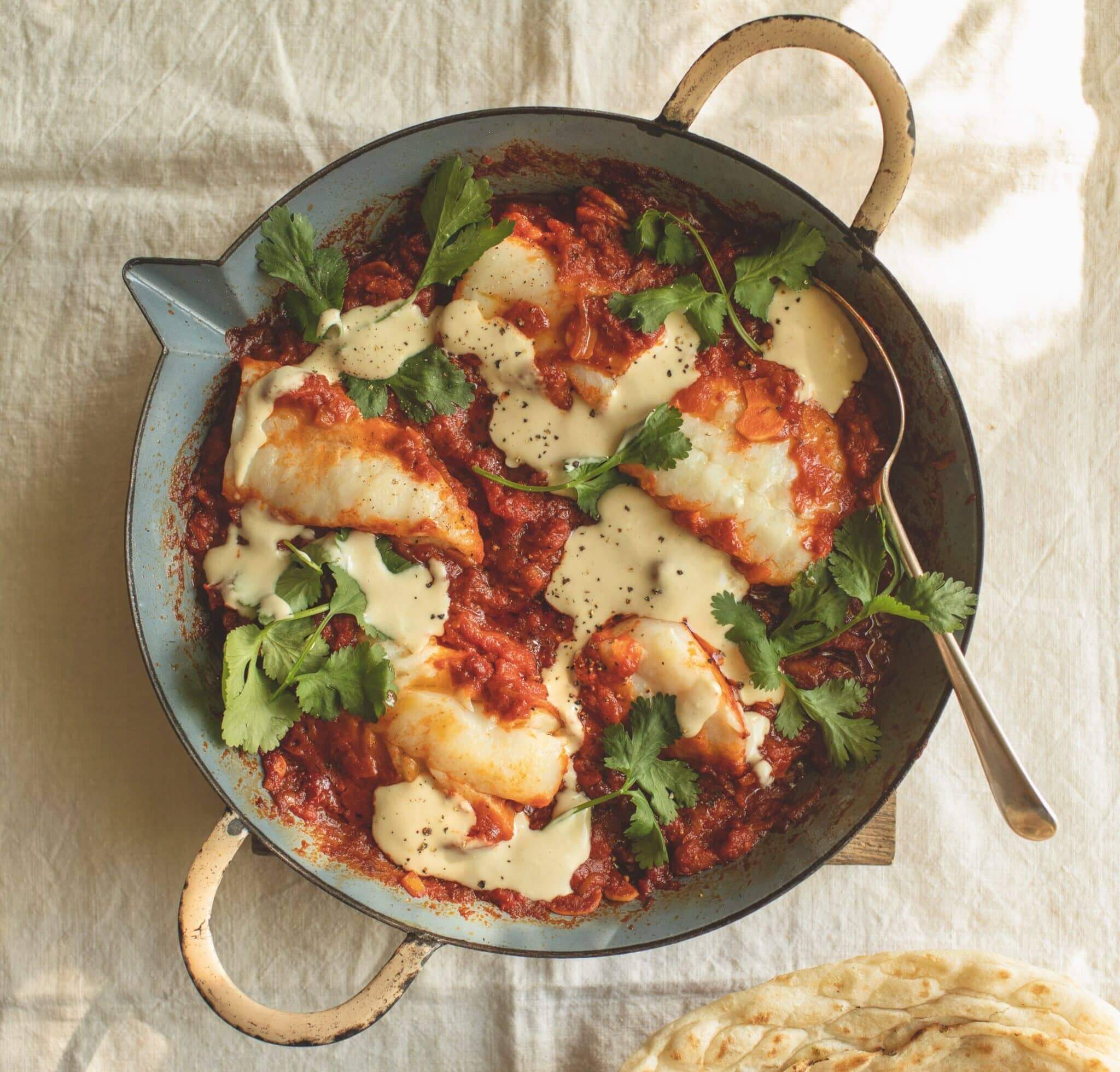
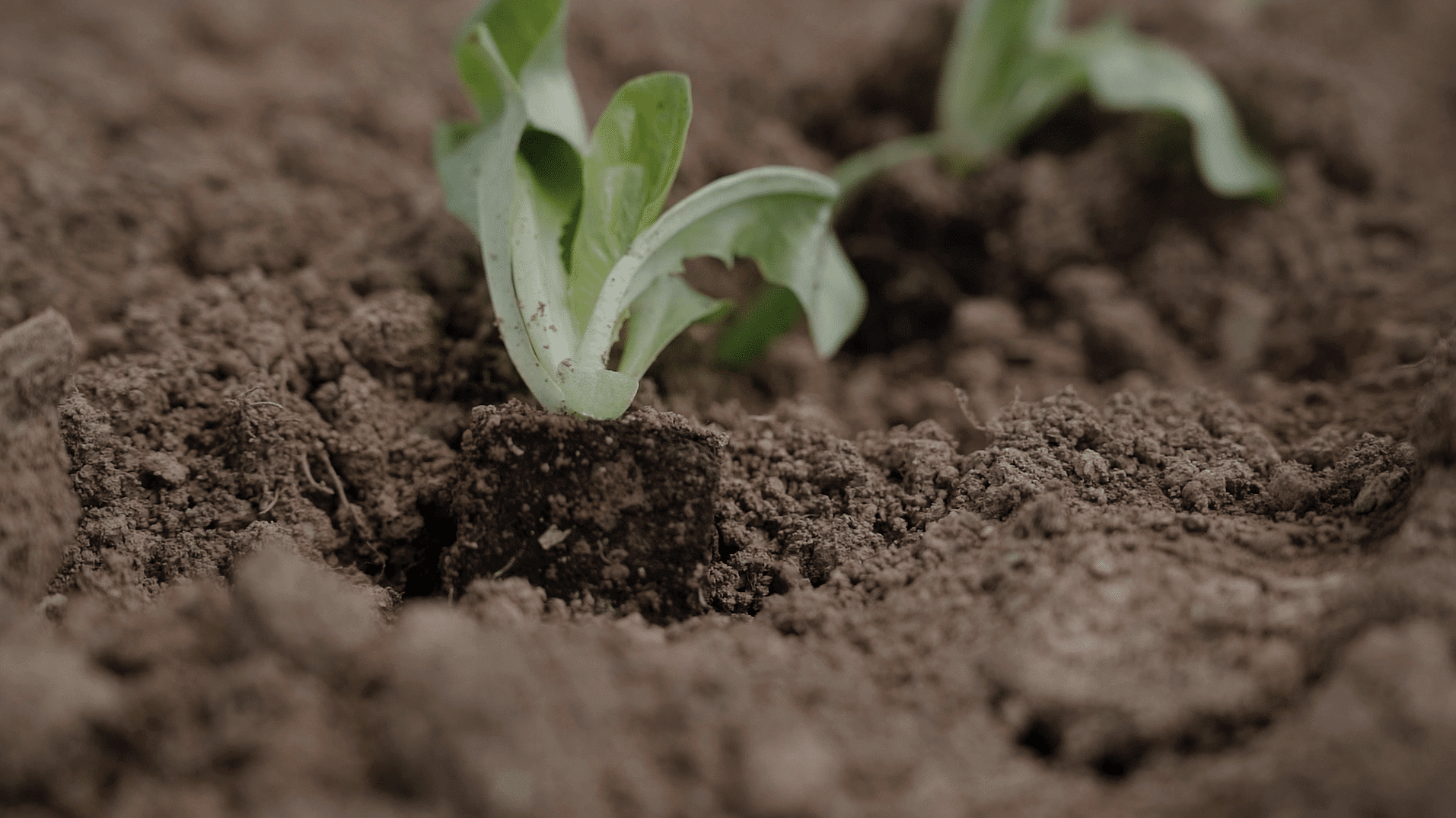
Did you know in the early 1900’s Tesla was able to produce earthquakes? They are being engineered. Weather has been manipulated for decades. SRM – solar radiation management involves putting sulphuric acid and carbonate particles in the air, hmm any scientist will know this produces salt, water and carbon dioxide. It gets worse, the NOACC in america uploaded a document showing permission to do this around the globe for the next 268 years. Chem trails have been admitted by the military which also causes clouds to form and prevent solar energy from reaching the ground which in turn disrupts rainfall patterns and reduces photosynthesis. You are being played and falling for the scam. The Egyptians scared the layman by using eclipses as a punishment for their actions thus keeping them in line, nowadays people are believing climate change when the people ruining the climate and the environment are the ones supposedly wanting to save it namely the oligarchs.
Have you not realised that many of these forest fires happen at the same time in different places? Here is an informative link:
https://www.geoengineeringwatch.org/category/engineering-wildfires/
You also need to look at the toxicity of electric batteries in terms of how they enslave and oppress african people namely in the democratic republic of congo, how they cause deformities in children due to the mining and deaths of young children as they are forced to mine 100m underground in low oxygen conditions and mine collapses which are common all for 1 USD per day.
https://www.youtube.com/watch?v=RFHvq-8np1o&t=248shttps://www.youtube.com/watch?v=ipOeH7GW0M8
Lastly, electric batteries like wind farms are toxic, they cannot be recycled so guess what they are buried underground. Wind farms use more energy to make then what they produce and electric cars emit the same frequency as a microwave oven so cancer and infertility are common especially if you are in it for more than 30 minutes a day, something you may wish to monitor. The mass is 50% more than a standard vehicle so you cannot use a standard tow away vehicle as it is too heavy, roads are being damaged, more energy is needed which will equate to more blackouts in the future.